Table of Contents
Introduction: The Mystery of Sesame Seeds
Sesame seeds come from the Sesamum indicum plant, a flowering plant in the Pedaliaceae family that has been cultivated for over 5,000 years. If you've ever wondered, "What plant do sesame seeds come from?" you're not alone. These tiny, nutty seeds are a staple in cuisines around the world, yet many people don't know their origins. Whether you're a spice enthusiast or just someone who loves adding flavor to your meals, understanding where sesame seeds come from can deepen your appreciation for this versatile ingredient.
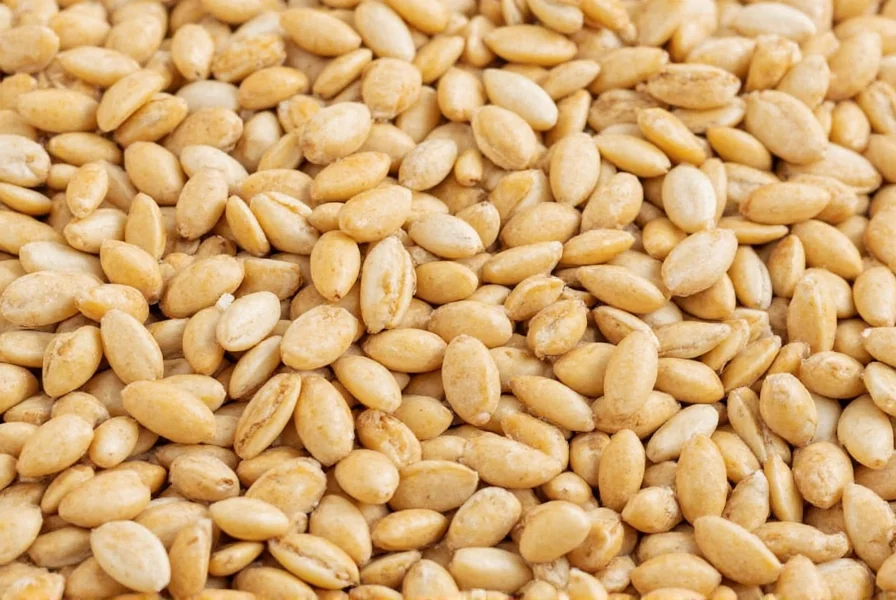
What Plant Do Sesame Seeds Come From?
The Sesamum indicum plant is a small shrub that grows in warm climates, producing pods containing the tiny seeds we know as sesame. This ancient crop has been cultivated since 1500 BCE in Mesopotamia and Egypt, with historical records showing its use in both culinary and medicinal contexts. The plant's unique harvesting process involves cutting the stalks just before pods fully open to prevent seed loss, followed by drying and threshing.
Why Sesame Seeds Matter
Sesame seeds are nutritionally dense, containing healthy fats, protein, calcium, and antioxidants. Their versatility spans global cuisines—from tahini in Middle Eastern dishes to black sesame desserts in Asian cooking. The seeds' natural stability (due to sesamol antioxidants) allows them to retain freshness longer than many other oil-rich seeds.
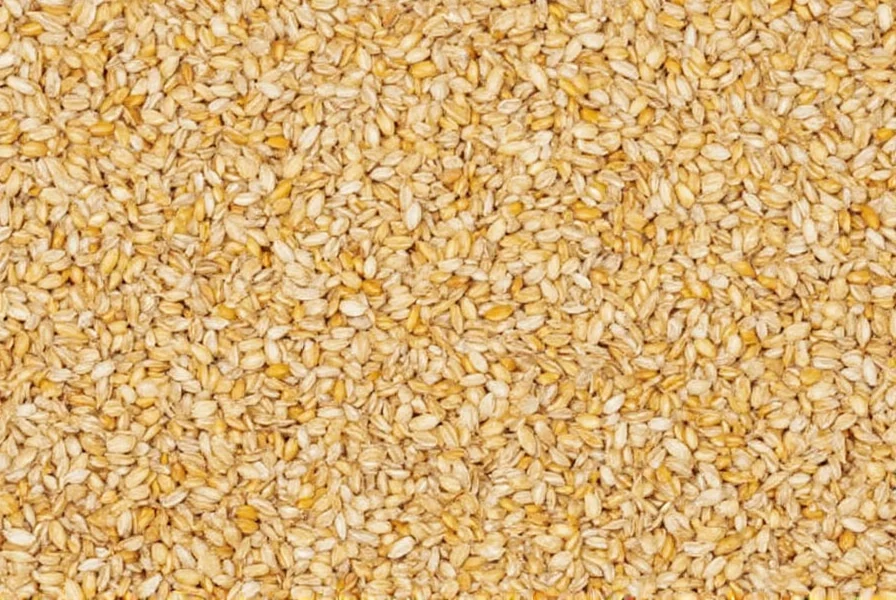
Types of Sesame Seeds and Their Uses
Sesame seeds come in three primary varieties, each with distinct culinary applications:
| Type | Flavor Profile | Culinary Uses | Best For |
|---|---|---|---|
| Black Sesame Seeds | Strong, earthy, slightly bitter | Asian desserts, mochi, sesame paste | Traditional Asian cuisine, nutrient-dense recipes |
| White Sesame Seeds | Mild, nutty, versatile | Hummus, falafel, bread toppings | Everyday cooking, Middle Eastern dishes |
| Golden Sesame Seeds | Sweet, delicate, aromatic | Baking, pastries, trail mixes | Home bakers, health-focused meals |
Each variety offers unique benefits: black seeds have higher antioxidant content, white seeds are ideal for subtle flavoring, and golden seeds provide balanced sweetness for baked goods.
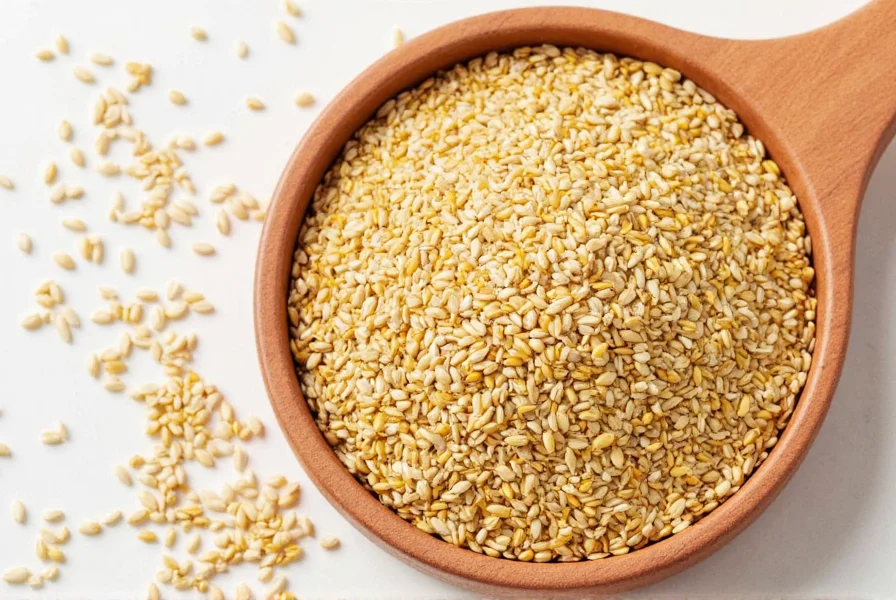
Practical Tips for Using Sesame Seeds
Maximize flavor and freshness with these expert techniques:
- Toast Properly: Dry-toast in a skillet over medium heat for 2-3 minutes until golden, stirring constantly to prevent burning. Cool completely before using.
- Grind Fresh: Use a mortar and pestle or spice grinder for tahini or sauces. Pre-ground sesame loses 30% of its flavor within 2 weeks.
- Store Correctly: Keep in airtight containers in the freezer for up to 1 year. Refrigerate for 6 months; room temperature storage lasts 3 months.
- Pair Strategically: Black seeds complement chocolate and savory dishes; white seeds enhance savory applications; golden seeds work best in sweet recipes.
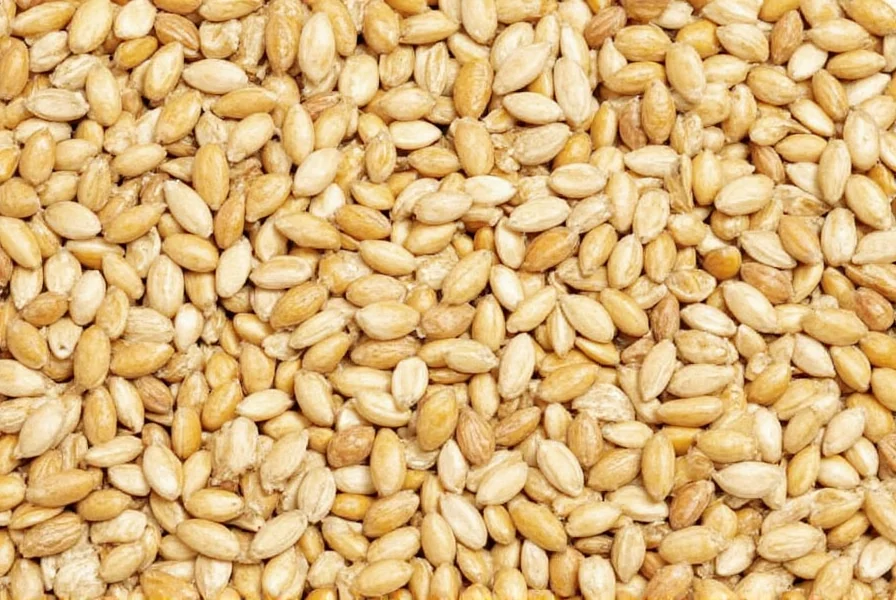
Buying Guide: How to Choose the Best Sesame Seeds
Quality indicators for sesame seeds:
- Freshness Test: Smell the seeds—fresh sesame has a nutty aroma; rancid seeds smell oily or musty.
- Visual Inspection: Look for uniform color and no discoloration. Black seeds should be glossy; white/golden seeds should be bright and clean.
- Texture Check: Seeds should feel firm and dry. Soft or sticky seeds indicate moisture exposure.
| Product Type | Key Features | Best Use Cases | Storage Tips |
|---|---|---|---|
| Organic Black Sesame | Higher antioxidant content, non-GMO | Traditional Asian desserts, nutrient boosts | Freeze for long-term storage |
| Conventional White Sesame | Neutral flavor, widely available | Everyday cooking, hummus, bread toppings | Refrigerate for 6 months |
| Golden Toasted Sesame | Pre-toasted for convenience | Baking, trail mixes, quick garnishes | Room temperature for 3 months |
Always buy from reputable suppliers with transparent sourcing information. Check for certifications like USDA Organic or Fair Trade when possible.
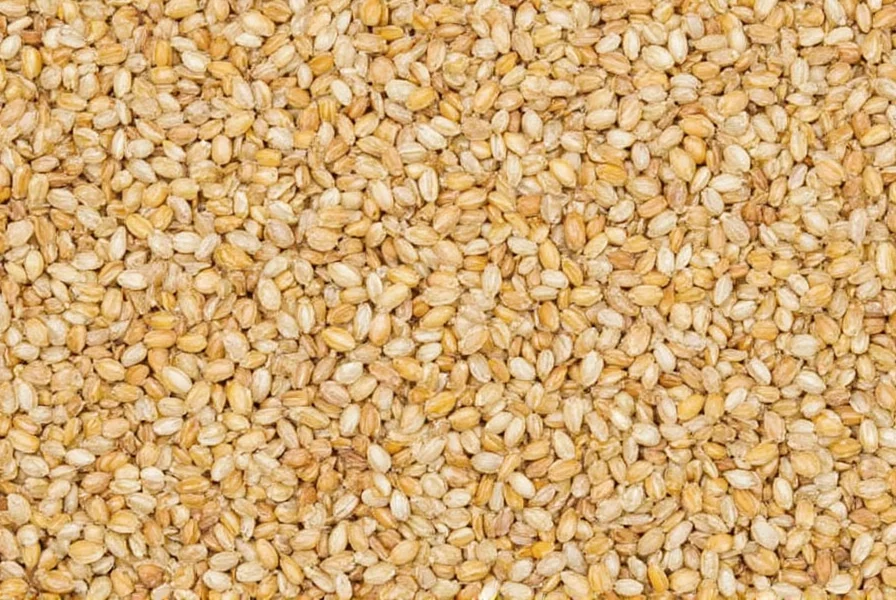
Frequently Asked Questions About Sesame Seeds
What plant do sesame seeds come from?
Sesame seeds come from Sesamum indicum, a flowering plant in the Pedaliaceae family. This ancient crop has been cultivated for over 5,000 years and grows as a drought-tolerant shrub reaching 2-5 feet tall. The plant's pods naturally split when mature, requiring careful harvesting before dehiscence occurs.
Where does the sesame plant grow best?
Sesame thrives in tropical and subtropical regions with temperatures between 77-95°F (25-35°C). It's commonly grown in Africa (Sudan, Tanzania), Asia (India, Myanmar), and South America. The plant requires 90-120 frost-free days and well-drained sandy soil, making it ideal for arid climates where other crops struggle.
How are sesame seeds harvested from the plant?
Harvesting occurs 3-4 days before pods fully open to prevent seed loss. Farmers cut stalks and bundle them to dry for 7-10 days. Modern methods use mechanical threshers, while traditional techniques involve beating dried stalks over cloth. Specialty varieties with reduced dehiscence allow for easier mechanical harvesting.
Are sesame seeds and poppy seeds from the same plant family?
No. Sesame (Sesamum indicum) belongs to the Pedaliaceae family, while poppy seeds (Papaver somniferum) are in the Papaveraceae family. They differ significantly in flavor (sesame is nutty, poppy is earthy), nutritional profiles, and botanical structure. Poppy seeds contain trace opioids, while sesame seeds contain no psychoactive compounds.
Can I grow sesame plants in my garden?
Yes, if you have a warm climate with 90+ frost-free days. Plant seeds 1/4 inch deep in full sun after last frost. Water regularly until germination, then reduce to drought-tolerant levels. In cooler zones, grow in 12" pots with heat lamps. Harvest when pods turn brown but before they split open.
Why do sesame seeds have such a long history of cultivation?
Sesame's resilience in poor soils, high oil content (50-60%), and natural antioxidants (sesamol) made it invaluable to ancient civilizations. It was used as currency in Mesopotamia, in Egyptian medicine for eye treatments, and as a stable oil source for lamps. Its drought tolerance allowed cultivation in regions where other crops failed.
Conclusion: Embrace the Flavor of Sesame
Understanding that sesame seeds originate from Sesamum indicum—a plant with millennia of human cultivation—reveals why these tiny seeds hold such cultural and culinary significance. From ancient trade routes to modern kitchens, sesame's resilience and nutritional density have made it indispensable across civilizations.
Whether you're toasting seeds for extra crunch, grinding them into tahini, or exploring black sesame desserts, each use connects you to a 5,000-year tradition. With proper storage and usage techniques, you can preserve their freshness and unlock their full flavor potential in every dish.
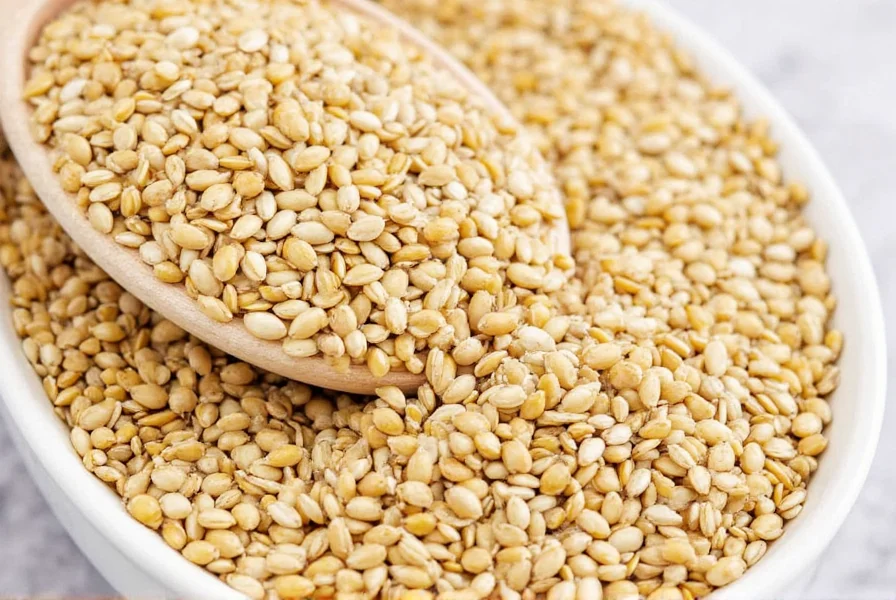
Next time you reach for sesame seeds, remember: you're not just adding flavor—you're continuing a story that began with ancient farmers harvesting pods before they split open. This humble plant continues to nourish and inspire generations worldwide.

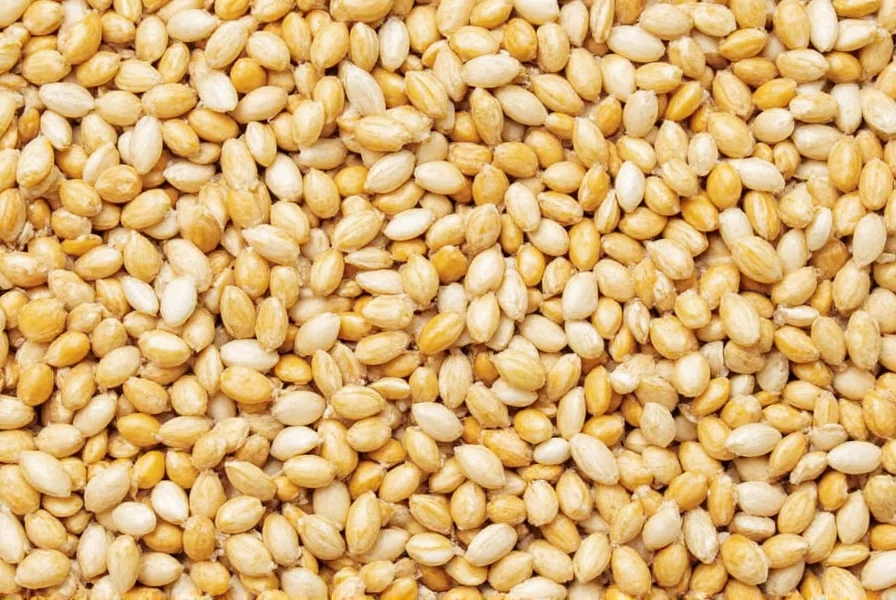









 浙公网安备
33010002000092号
浙公网安备
33010002000092号 浙B2-20120091-4
浙B2-20120091-4